Apsan Cafe Street (앞산카페거리)
6.8 Km 1 2023-11-17
191 Daemyeongnam-ro, Nam-gu, Daegu
+82-53-627-1337
Apsan Cafe Street is filled with cafes of all different types. From houses modified into a cafe, restaurants, and gallery cafes, there are more than 40 coffee shops along the street. Most are cafes serving coffee, sandwichs, and desserts, but there are also restaurants serving pizza, pasta, and steak as well as Japanese food, pubs and pie shops. The street is perfect for couples going on a date or families looking for sweets. Attractions nearby include Apsan Park and Anjirang Gopchang Alley for a place to eat, drink and rest. Anjirang Station (Daegu Subway Line 1) is also 5-10 minutes away on foot.
Seomun Market & Seomun Night Market (대구 서문시장 & 서문시장 야시장)
6.8 Km 66084 2023-11-17
45 Keunjang-ro 26-gil, Jung-gu, Daegu
+82-53-256-6341
Seomun Market opened in its current location in the 1920s after reclaiming the Cheonhwangdangji Reservoir, but it has a much longer history. In the Joseon dynasty, Seomun Market was one of three major markets in the nation. It was called Seomun Market because it was located on the west side of the Daegu Fortress. Despite relocating, the alleyways of the original market still feature names of the items available there, such as Hongdukkae Pancake and Chicken Pancake Alley. Textile-related goods are the main products available now, but they also offer a little bit of everything else, including silk goods, dry goods, undershirts, crafts, dishes, clothes, and dried seafood.
Inheung Village (인흥마을)
6.9 Km 16617 2020-04-14
16, Inheung 3-gil, Dalseong-gun, Daegu
+82-53-668-3162
The descendants of Mun Ik-jeom, who are known to have
brought the Nampyeong Mun clan to prosperity, reportedly came to Daegu about 500 years ago. It was during the time of Mun Gyeong-ho (1812-1874), the 18th descendant of Mun Ik-jeom, that the clan became established in Inheung. Mun executed his plan to create a village for the clan by putting down roots in the old site of Inheungsa Temple, a large-scale temple in the Goryeo era.
Yonghojae, which is a place for offering ancestral memorial services, is the first building established at the village constructed before or after 1920. The first residential building was built around the late 1800s in the form of thatched cottage. During the course of a hundred years, the village developed into what it is today. Featuring about 70 or so tile-roofed homes, Inheung Village is only about 200 years old but it is a great example of traditional residential homes of the em>yangban upper class in the Yeongnam region. The harmony between the way the village is organized and the surrounding landscape is unique and rare.
Village of the Nampyeong Mun Clan in Bon-ri (남평문씨본리세거지)
7.0 Km 20572 2021-03-16
16, Inheung 3-gil, Dalseong-gun, Daegu
+82-53-668-3162
The Village of the Nampyeong Mun Clan in Bon-ri was built on what used to be part of a temple, but was organized following a well-field system to make the area a residence for many generations. As of now, nine houses and two pavilions remain, as well as a low wall along the road.
The main building of the village is Subongjeongsa, located in the center of the area. It was used for meeting guests, as well as a gathering place for the family, and features beautiful gardens. Gwanggeodang Hall was an educational place for studies and refinement. Insumungo Storage Building preserves about 10,000 books and clan treasures. It started out as a small building but later was expanded, including an additional building constructed just to read books.
House of Missionary Chamness (선교사챔니스주택)
7.1 Km 19673 2022-09-06
2029, Dalgubeol-daero, Jung-gu, Daegu
+82-53-661-2193
House of Missionary Chamness was the home of American Christian missionary Chamness and his family. It was built in the Western-style and provides a glimpse into the daily life of American missionaries in Korea. The house, a simple building in comparison with the houses of America at the time, is now considered a very important treasure of Korea's modern history. The building has been converted into a small museum using artifacts from the missionaries to bring the past to life.
House of Missionary Blair (선교사블레어주택)
7.1 Km 2312 2019-11-27
2029, Dalgubeol-daero, Jung-gu, Daegu
+82-53-661-2193
The House of Missionary Blair was built in in the 1910's for his time of missionary work in Korea, but has been converted into a history museum and education center. The two-story red brick building has maintained its original construction, with only minor changes having been made over the years. The house is very representative of its time, with a brick chimney rising over the roof, and wooden flooring inside. The first floor was made up of a veranda, reception room, living room, bedrooms, dining room and kitchen. The second floor featured bedrooms and a bathroom. The windows can be opened both at the top and the bottom, and the veranda was used as a sunroom. The House of Missionary Blair is a great example of American architecture from the 1900's.
Old GuAm-seo-won
7.1 Km 16854 2021-04-09
492-58, Gukchaebosang-ro, Jung-gu, Daegu
+82-53-428-9980
Old Guam Seowon is a traditional Korean guesthouse located between Dongseong-ro and Seomun Market in Daegu. With land area of 2,300㎡, it has a total of six guestrooms, a shared living room, a bathroom, and a kitchen. The house has a large yard where guests can play various traditional Korean games such as "tuho" and "jaegichagi." In the backyard, guests can shoot arrows and try on traditional Korean clothes. Both the guestrooms and bathrooms were remodeled to have some of the modern conveniences. If you want, you can cook at the shared kitchen. Bread and cup noodles are served for breakfast. Situated in a residential area downtown, it's both quiet and very conveniently located for those planning to tour the city. Nearby popular tourist destinations include E-World, Daegu Nature Park & Spa Valley, Seomun Market, Gukchaebosang Memorial Park, and Kim Gwangseok-gil Street, with easy public transportation to and from the downtown area.
Daegu Motorcycle Street (대구 오토바이골목)
7.1 Km 18656 2021-02-09
Ingyo-dong, Jung-gu, Daegu
+82-53-627-1337
Daegu Motorcycle Street is located in Ingyo-dong, Jung-gu, Daegu along Sijangbuk-ro. The street was originally a creek lined with houses, but in 1953 the creek was covered over and made into a paved road. Gas stations and stores selling automotive parts sprung up, turning the area into a thriving commercial district. In 1961, the first motorcycle store opened its doors and was quickly followed by several more.
Currently there are 40 motorcycle stores, making this 200-meter-long street one of Daegu’s most unique shopping areas. Shoppers can find a vast array of new and secondhand motorcycles both domestic and imported, as well as a wide selection of motorcycle parts and accessories.
Dongsan Cheongna Hill (동산청라언덕)
7.1 Km 171 2023-11-23
2029 Dalgubeol-daero, Jung-gu, Daegu
+82-53-627-1337
Cheongna Hill is the place where Christian missionaries resided during the early 20 century, planting many ivies along the site. It is also called Dongsan Cheongna Hill for being on the eastern side of Daegu's center. There are many attractions in this beautiful garden including Chamness’ House, Switzer’s House, Blair’s House, 90 stairs, Daegu 3.1 Independence Movement Road, Daegu's first western apple tree, a memorial stone inscribed with the song "Thinking of My Friend” , and the cemetery of the missionaries and their family. Cheongna Hill is also the starting point of Daegu's Street Tour Course 2 as well as a popular drama film location.
Romance Papa (로맨스빠빠)
7.1 Km 0 2024-04-01
492-6 Gukchaebosang-ro, Jung-gu, Daegu
This cafe is located near Seomun Market and Seomun Market Station on Daegu Subway Line 3. It is a hanok renovated with a retro and classic interior. Wooden doors and mother-of-pearl shelves between the seats create an atmosphere of warmth and relaxation, as if visiting a Korean grandmother's house. There are also seats in the yard where one can have coffee and dessert while enjoying the unique atmosphere of a hanok. The place has drinks and desserts made with various fruits and pour-over coffee. The signature menu here is called Perpetual Snow. It's similar to Einspänner, but it's topped with its own unique cream, so it's nutty and sweet. Visitors can also enjoy ade and smoothies with peach pulp in the summer.

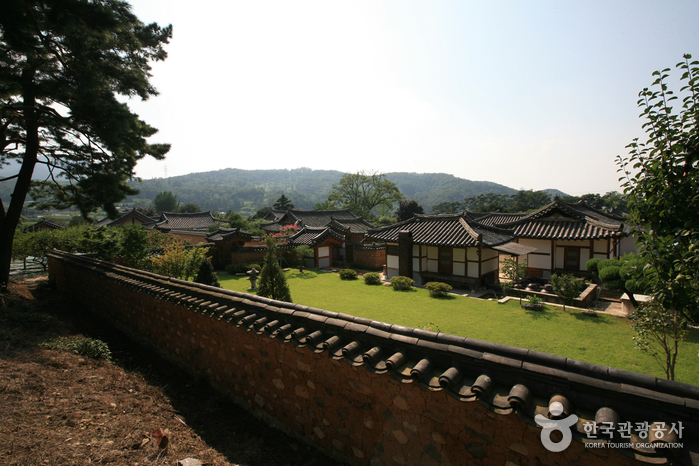
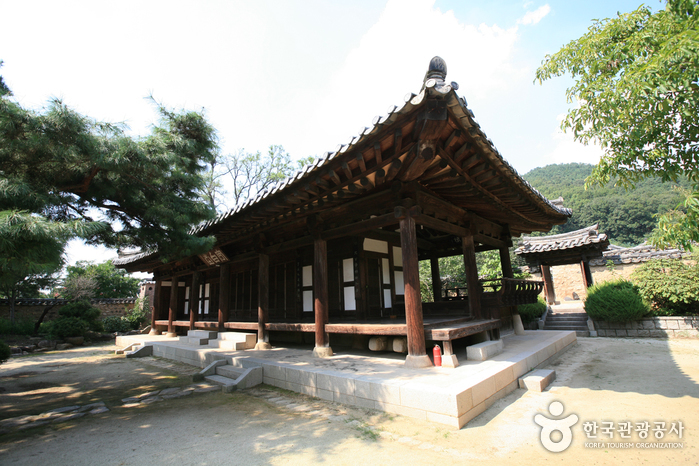
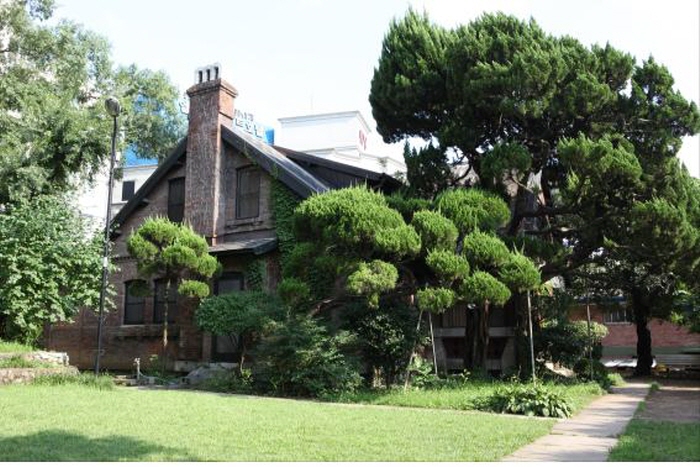
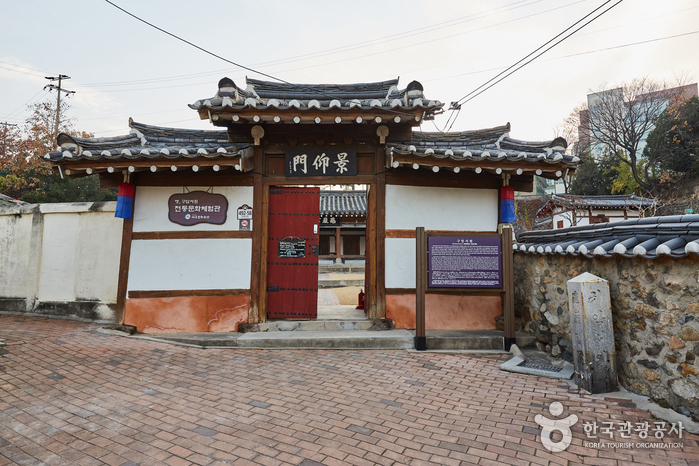
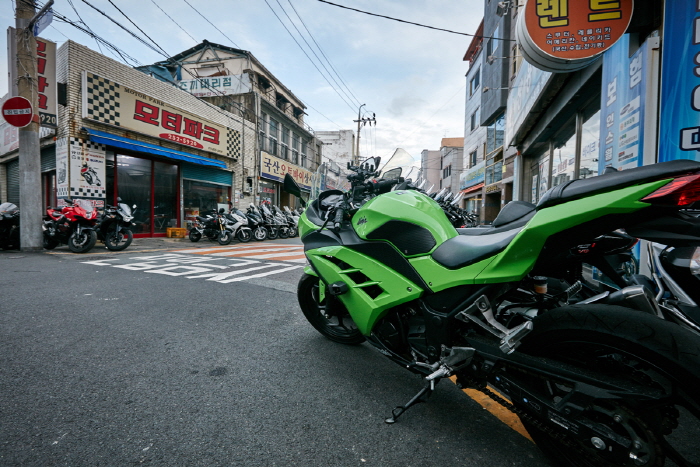
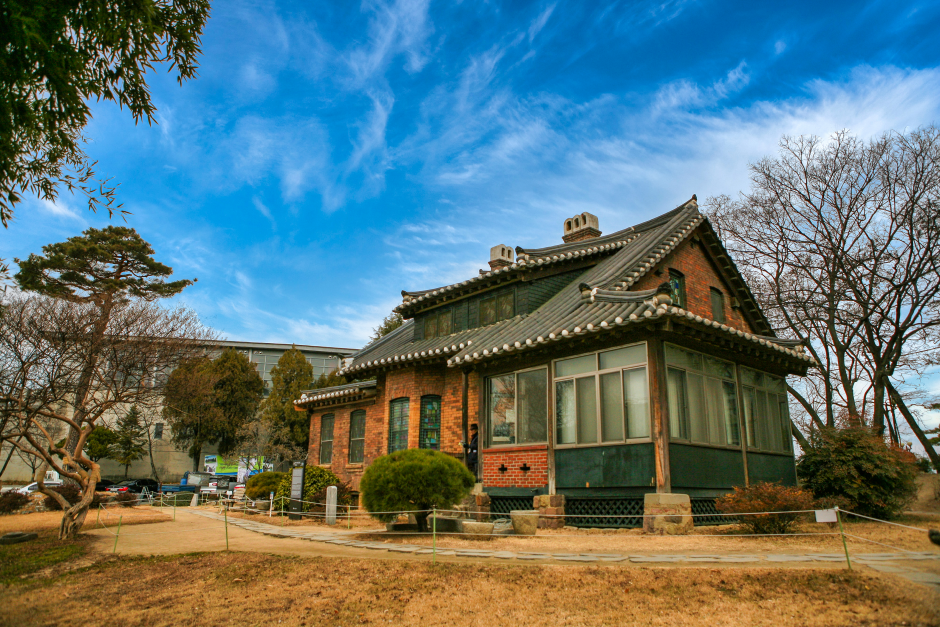
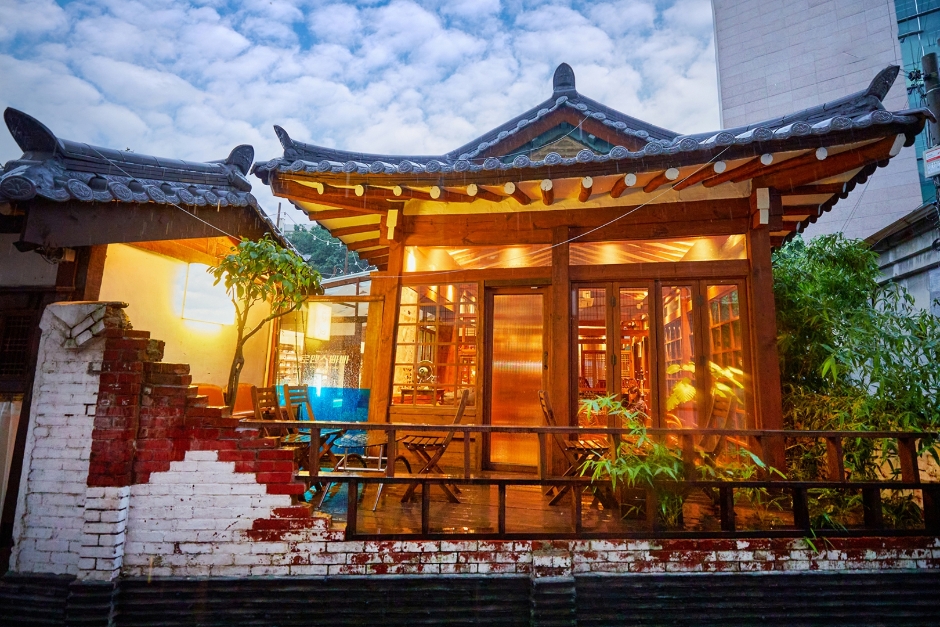
 English
English
 한국어
한국어 日本語
日本語 中文(简体)
中文(简体) Deutsch
Deutsch Français
Français Español
Español Русский
Русский